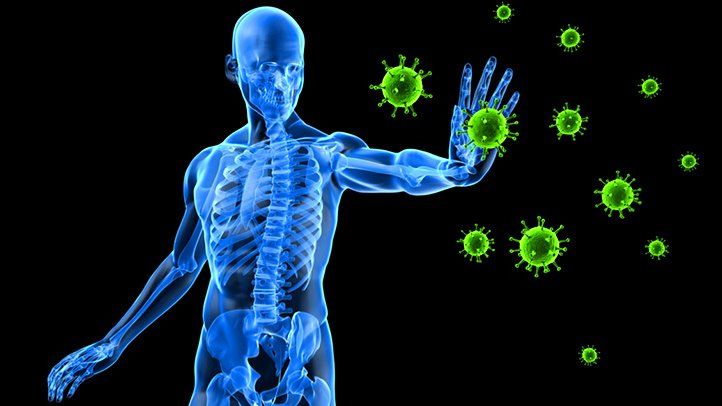Sugar- The Sweet Danger and How we are affected

We have been hearing so much about sugar and its supposed ills, however, some say “sugar is in nature so it’s all good” and “calories are calories, so it doesn’t matter where you get them from as long as you burn what you ingest” So, let’s examine this.
HOW MUCH SUGAR IS TOO MUCH SUGAR?
When discussing sugar we are addressing those added to foods and beverages and sugars naturally present in juices, honey and syrups.
The World Health Organization (WHO) has taken a bold step in making their recommendation for the healthy daily intake of sugar at less than 5% of total daily energy intake for additional health benefits.
For an adult of a normal body mass index (BMI), that is around 6 teaspoons / 25 grams of sugar per day. This is roughly equal to the sugar contained in one large fruit.
 SUGAR SOURCES
SUGAR SOURCES
It is very easy to identify sugar’s easy sources. For example, 1 can of soda contains 10 teaspoons of sugar. This is more than the World Health Organization’s (WHO’s) recommended daily limit. For many people this quantity of sugar at one time should induce vomiting, however to prevent this the manufacturers add orthophphoric acid to reduce our reaction and allow us to keep it all down. Of course, there are much less obvious sources; reduced fat products, sports drinks, sauces, bread, salads, cereals and more.
SUGAR DISEASES
It is believed that sugar is instrumental in several illnesses but the actual figures are unknown. However research has and is beginning to show sugar’s involvement in the following conditions:
TYPE 2 DIABETES
Does the intake of sugars beyond a certain level contribute to the onset of diabetes and create complications in diabetic patients…YES. The American Diabetes Association does not recommend a low-carb diet for those living with type 2 diabetes, but it does recommend reducing added sugars in your diet. The issue is with the rate of increase of blood sugar levels there is also a spiking of insulin levels.
Diabetes can damage the heart, blood vessels, eyes, kidneys, and nerves resulting in an increased risk of heart attacks and strokes, reduced blood flow, neuropathy (nerve damage) in the extremities (feet) increasing the chance of foot ulcers, infection and eventual need for limb amputation, blindness and kidney failure.
NONALCOHOLIC FATTY LIVER
Nonalcoholic fatty liver disease is a general term for a range of liver conditions affecting people who drink little to no alcohol and is often related to insulin resistance issues and high blood sugar.
It can be recognized by liver inflammation may result in scarring and irreversible damage similar to the damage caused by heavy alcohol use. In it’s worse case it can result in liver failure.
 HEART DISEASE
HEART DISEASE
Over the course of a 15-year study on added sugar and heart disease, participants who took in 25% or more of their daily calories as sugar were more than twice as likely to die from heart disease as those whose diets included less than 10% added sugar, keeping in mind also that the WHO recommendation is 5% of sugar from daily calories.
VAGINAL ISSUES
The vagina and its balance is very delicate. That being said, heightened blood sugar levels can lead to recurrent yeast infections.
ERECTILE DYSFUNCTION
According to one study, sugar can result in erectile dysfunction, enough said.
The following conditions have also been shown to be related to sugar intake
- High blood pressure.
- Depression.
- Increased risk for cognitive impairment, and other serious health issues
- Dissolved teeth / cavities
- Thinned bones
- Alzheimer’s disease
- Age spots
- Fine lines and wrinkles
- Hyperpigmentation
- Hardness of skin
- Dull skin
- Uneven skin tone
- Skin Sagging and bagging
- Degradation of collagen
- Inflammation
It is clear that we need to look more closely at this topic , what got us to this point and the broader social impacts. In future articles I will be looking at these more closely.







